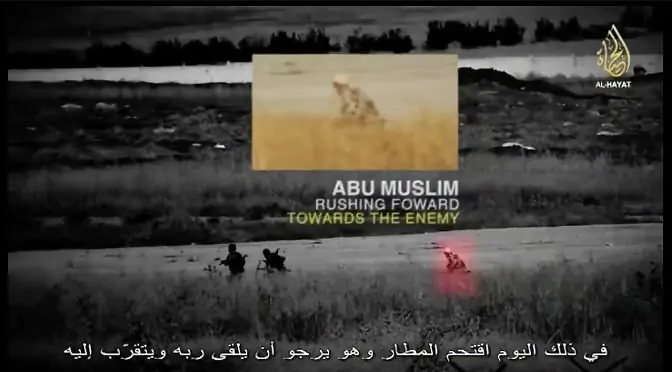Throughout their history (see “Tribal Dynamics and Civil War (1)“), Libya’s tribes have not been based exclusively on systematic tribalism, but rather on a flexible tribal ideology that is grounded in identity and shifts according to circumstances and practical opportunities. This shifting tribal ideology makes the non-Arab tribes different from the majority of the actors in Northern Libya, who are more or less bound by religious or political ideology – and thus ally with similar groups. Furthermore, tribalism naturally produces “nepotism and favoritism” amongst tribal groups and families (Varvelli, ISPI, May 2013), but Libya’s minority tribes have also shown that they can unite to protest shared grievances, as we shall see below. The Amazigh (Berber), Toubou, and Tuareg tribes have been …
Continue reading “War in Libya and Its Futures – Tribal Dynamics and Civil War (2)”








